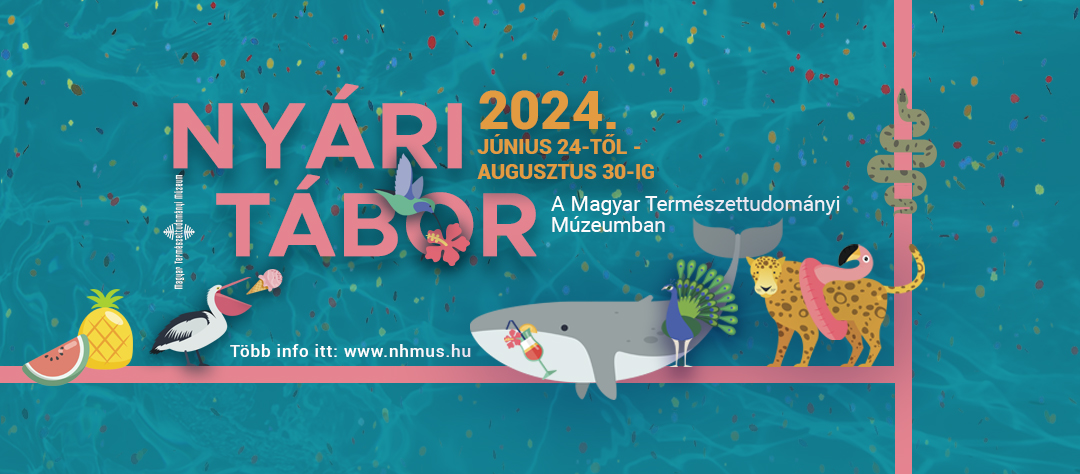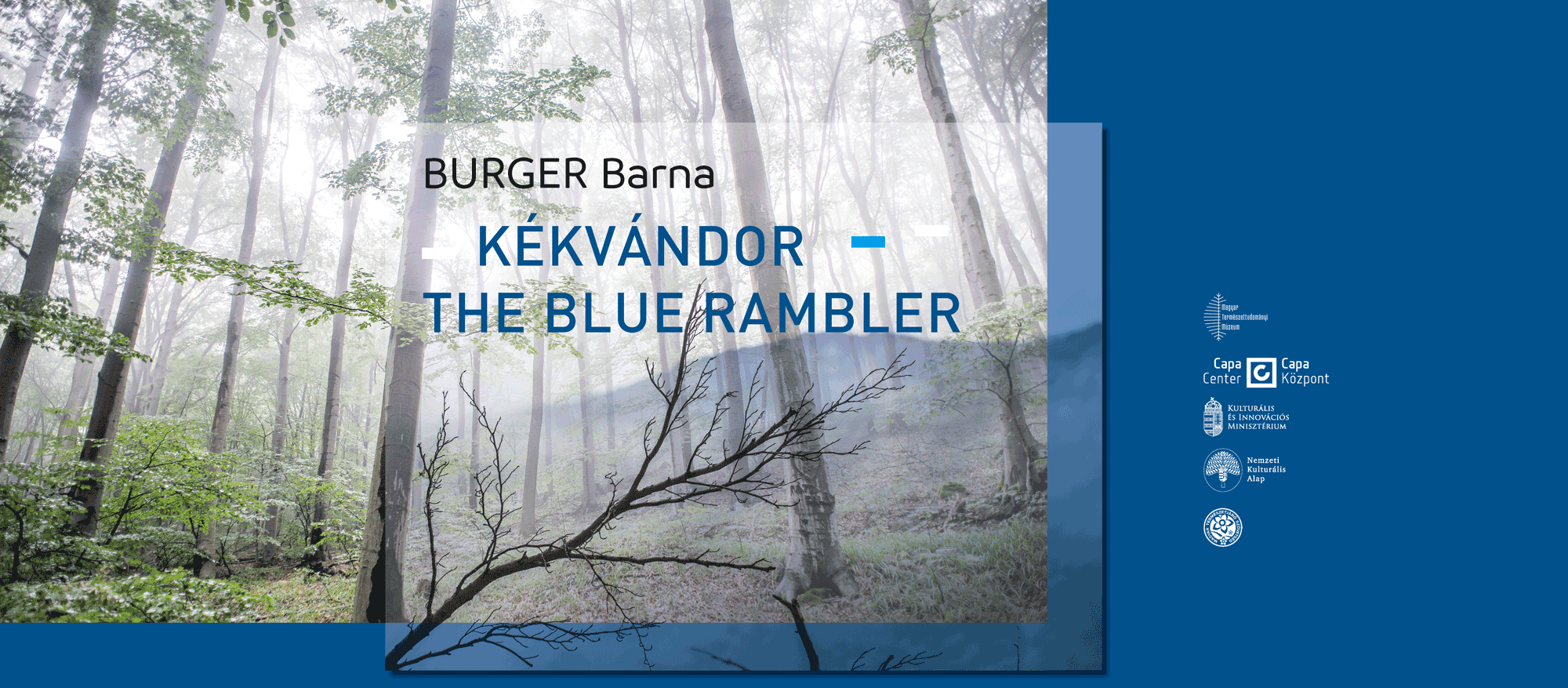
Gymnosperms, forming an extremely diverse group of the Plant Kingdom, are native to most terrestrial areas of the Earth, except the polar and desert zones (although some ephedras occur in deserts).Generally, gymnosperms are trees or shrubs, and a significant amount of them are important components of the woodlands or shrublands ecologically and economically as well. They include many extraordinary species such as Sequoiadendron giganteum (also known giant redwood, Sierra redwood or Wellingtonia), an individual of which is the most massive organism on the Earth by wood volume of almost 1,500 m3. Approximately 700 species of the nearly 800 gymnosperms are coniferous, 540 live in the temperate and adjacent zones, while the rest of them are native to the tropics.
The early collection of gymnosperms contains several valuable and authentic samples that have historical and geographic importance, including acquisitions of Haynald (1816–1891) and specimens that live in, for example, China, Central and Inner Asia, Japan, South and North America, gathered by C. G. Pringle, J. F. Rock and E. H. Wilson. Samples from remarkable Hungarian botanists such as L. Simonkai, S. Jávorka, V. Csapody and J. Papp and expeditions to Africa, Cuba, Vietnam, and Mongolia by T. Pócs, A. Borhidi and B. Jankó resulted in significant specimens for our collection.
The Herbarium Gymnospermarum as a part of our Herbarium Generale, has been improved rapidly from an earlier stage of about 1,500 due to a well-organized collecting activity complemented with an active exchange program that was launched under the Dendrological Documentation Project (DDP) by Zs. Debreczy, Gy. Biró, I. Rácz, and joint collectors. Initiated by Zsolt Debreczy, the former senior curator of the Herbarium Generale, the DDP aimed at building a regionally important comprehensive herbarium of woody plants in the Museum. Specimens from both wild habitats and cultivation were gradually added to the existing collection. Zsolt Debreczy and Vera Csapody (1890–1985) began to work on the Dendrological Atlas Project (DAP) in 1971, which resulted in a significant growth of the collection. In the second part of the 1970s provided with systematic photographic work we started to document all important parts of the woody plants focusing on gymnosperms, however, collecting activities and documentation of angiosperm was and still has been in progress.
A long series of field studies were started in 1975 by the DAP team, which included thorough surveys of botanic gardens and arboreta first in Hungary, and later in other countries for the acquisition of live and conserved material. Wild habitats were also visited for collecting specimens and photo documenting individual species and their associations. A determined feature of the project was the so-called “parallel documentation”, which was based on the conviction of getting the entire knowledge of the species; they need to be documented both in wild nature and in cultivation. DAP contributed in rapid growth of the materials in number, and also enabled in building a reference collection that represents a wide range of variation of taxa providing a comprehensive background material for any systematical work for the present and future as well.
In 1983, the result of the work DAP team did in the Arnold Arboretum in the USA was an invitation by Harvard University for a four-year expedition term there. This period gave a unique opportunity of documenting dendroflora in a world-class collection and gained support of the International Dendrological Research Institute, Inc. (I.D.R.I.) the Earthwatch, and the Center for Field Research. Between 1990 and 1998 the DAP team organized several expeditions with these institutions and documented coniferous and associated dendroflora in Mexico, Guatemala, China, Chile, Taiwan, Japan, New Zealand and Tasmania. As a consequence of successful collaboration, further expeditions followed the previous ones to the regions: the Himalayas, Indochina, Central Asia, North Africa, the Caribbean, Mexico, and Central America.
An important result of the Mexican expedition is the discovery of ten conifer taxa (year of the descriptions is 1995), types of which we preserve here in our Department of Botany.



